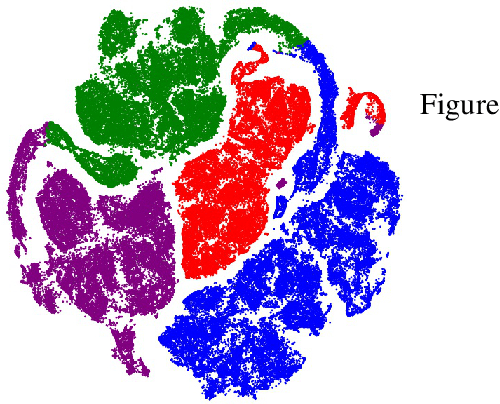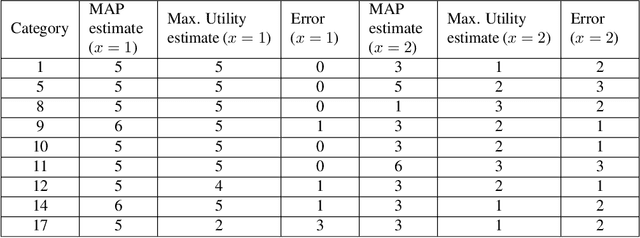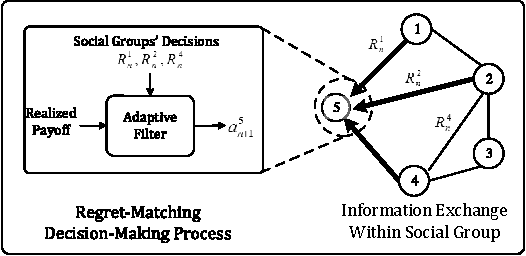William Hoiles
Rationally Inattentive Inverse Reinforcement Learning Explains YouTube Commenting Behavior
Oct 24, 2019



Abstract:We consider a novel application of inverse reinforcement learning which involves modeling, learning and predicting the commenting behavior of YouTube viewers. Each group of users is modeled as a rationally inattentive Bayesian agent. Our methodology integrates three key components. First, to identify distinct commenting patterns, we use deep embedded clustering to estimate framing information (essential extrinsic features) that clusters users into distinct groups. Second, we present an inverse reinforcement learning algorithm that uses Bayesian revealed preferences to test for rationality: does there exist a utility function that rationalizes the given data, and if yes, can it be used to predict future behavior? Finally, we impose behavioral economics constraints stemming from rational inattention to characterize the attention span of groups of users.The test imposes a R{\'e}nyi mutual information cost constraint which impacts how the agent can select attention strategies to maximize their expected utility. After a careful analysis of a massive YouTube dataset, our surprising result is that in most YouTube user groups, the commenting behavior is consistent with optimizing a Bayesian utility with rationally inattentive constraints. The paper also highlights how the rational inattention model can accurately predict future commenting behavior. The massive YouTube dataset and analysis used in this paper are available on GitHub and completely reproducible.
Estimating Rationally Inattentive Utility Functions with Deep Clustering for Framing - Applications in YouTube Engagement Dynamics
Dec 23, 2018


Abstract:We consider a framework involving behavioral economics and machine learning. Rationally inattentive Bayesian agents make decisions based on their posterior distribution, utility function and information acquisition cost Renyi divergence which generalizes Shannon mutual information). By observing these decisions, how can an observer estimate the utility function and information acquisition cost? Using deep learning, we estimate framing information (essential extrinsic features) that determines the agent's attention strategy. Then we present a preference based inverse reinforcement learning algorithm to test for rational inattention: is the agent an utility maximizer, attention maximizer, and does an information cost function exist that rationalizes the data? The test imposes a Renyi mutual information constraint which impacts how the agent can select attention strategies to maximize their expected utility. The test provides constructive estimates of the utility function and information acquisition cost of the agent. We illustrate these methods on a massive YouTube dataset for characterizing the commenting behavior of users.
Reinforcement Learning and Nonparametric Detection of Game-Theoretic Equilibrium Play in Social Networks
Dec 11, 2014



Abstract:This paper studies two important signal processing aspects of equilibrium behavior in non-cooperative games arising in social networks, namely, reinforcement learning and detection of equilibrium play. The first part of the paper presents a reinforcement learning (adaptive filtering) algorithm that facilitates learning an equilibrium by resorting to diffusion cooperation strategies in a social network. Agents form homophilic social groups, within which they exchange past experiences over an undirected graph. It is shown that, if all agents follow the proposed algorithm, their global behavior is attracted to the correlated equilibria set of the game. The second part of the paper provides a test to detect if the actions of agents are consistent with play from the equilibrium of a concave potential game. The theory of revealed preference from microeconomics is used to construct a non-parametric decision test and statistical test which only require the probe and associated actions of agents. A stochastic gradient algorithm is given to optimize the probe in real time to minimize the Type-II error probabilities of the detection test subject to specified Type-I error probability. We provide a real-world example using the energy market, and a numerical example to detect malicious agents in an online social network.
 Add to Chrome
Add to Chrome Add to Firefox
Add to Firefox Add to Edge
Add to Edge